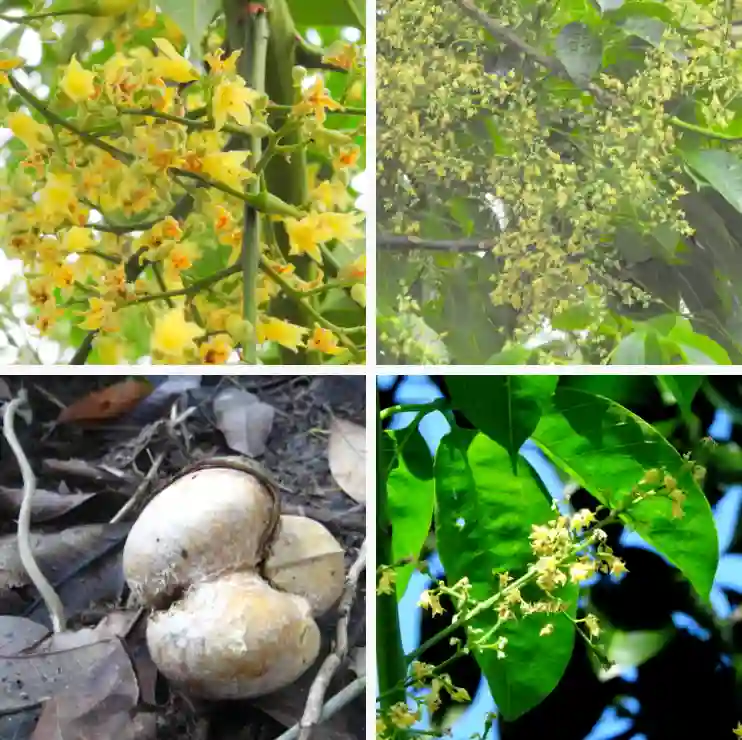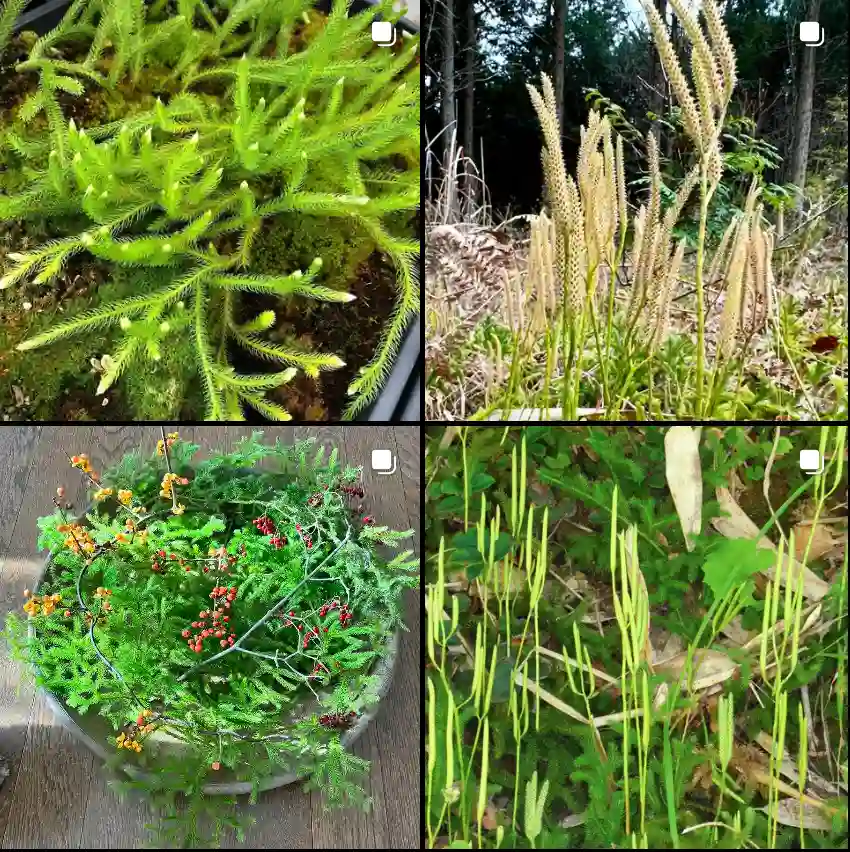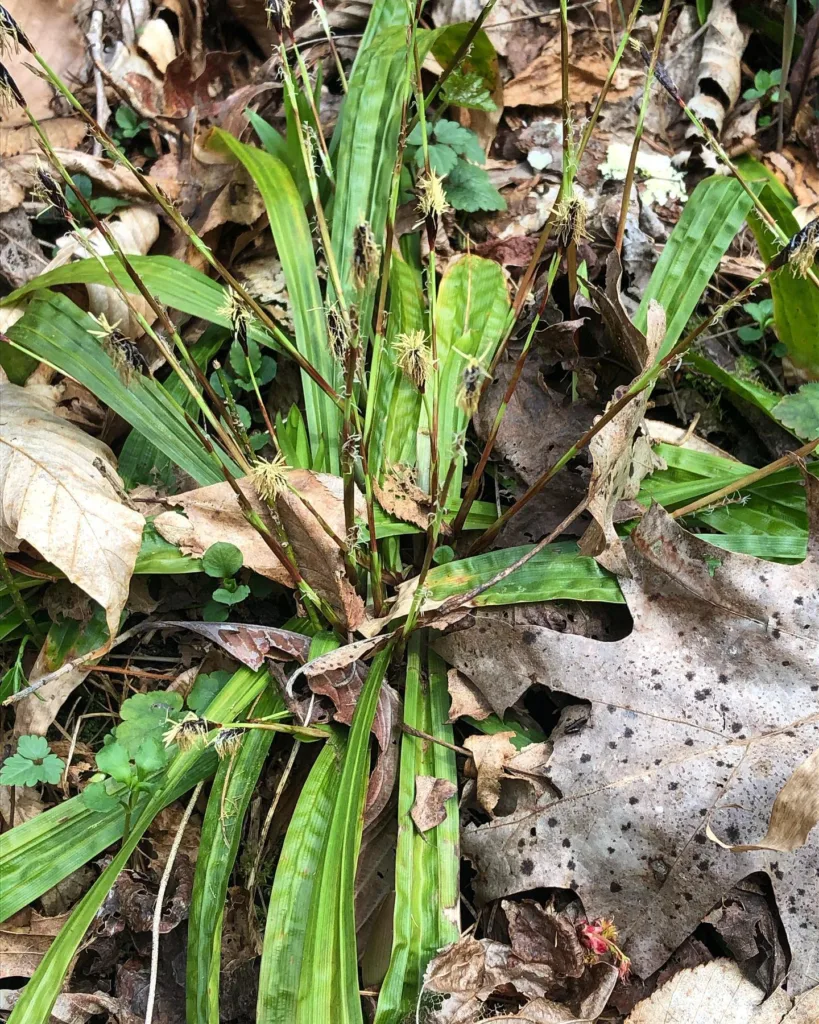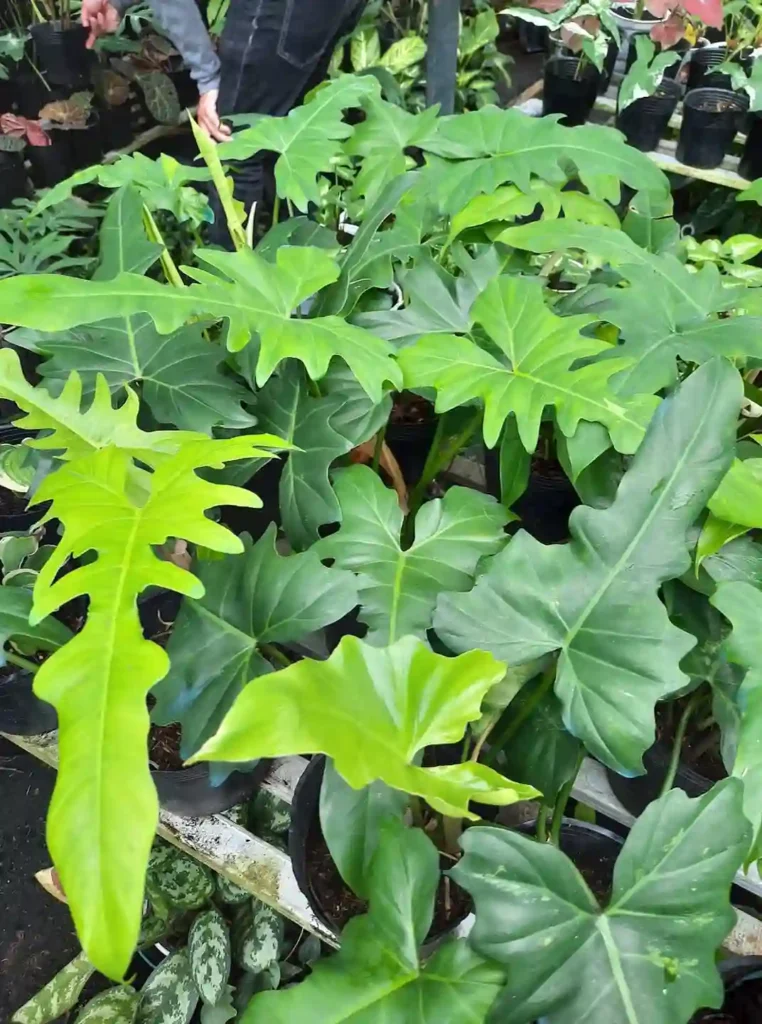
FAQs of Acalypha Indica
Acalypha Indica, often known as Indian Acalypha, is a fascinating plant that has garnered interest for both its medicinal properties and ornamental appeal. Having grown this plant myself, I’ve accumulated some insights and frequently asked questions about it that might help those looking to cultivate or use it. Here’s a comprehensive guide based on my experiences and observations.
432 Species in Genus Acalypha – Copperleaf – Chenille Plant
What Is Acalypha Indica Called in Telugu?
In Telugu, Acalypha Indica is commonly referred to as “Kuppameni”. This plant is well-regarded in traditional medicine and local folklore, and understanding its regional names can be helpful when searching for it or discussing it with locals in Andhra Pradesh and Telangana.
How to Grow Acalypha Indica?
Growing Acalypha Indica is relatively straightforward if you follow a few key steps. Here’s a guide to get you started:
How to Grow Acalypha Indica from Seed?
- Seed Preparation: Start with fresh seeds for the best results. Soak them in water for 24 hours to enhance germination rates.
- Soil Requirements: Use well-draining soil with a pH of 6.0 to 7.0. A mixture of potting soil and sand works well.
- Planting: Sow seeds about 1/4 inch deep. Space them a few inches apart to allow for growth.
- Watering: Keep the soil moist but not waterlogged. Regular watering is crucial, especially in dry periods.
- Light: Place the seeds in a warm, sunny location. Acalypha Indica prefers bright, indirect light.
How to Grow Acalypha Indica from Cuttings?
- Cutting Preparation: Take 4-6 inch cuttings from a healthy plant. Remove the lower leaves.
- Rooting Medium: Dip the cut end in rooting hormone and plant in a mix of perlite and peat moss.
- Care: Keep the cuttings in a humid environment and maintain consistent moisture.
How to Care for Acalypha Indica?
Caring for Acalypha Indica involves regular maintenance to keep the plant healthy and thriving.
- Watering: Water the plant consistently, allowing the topsoil to dry out slightly between waterings.
- Fertilization: Feed the plant with a balanced, liquid fertilizer every 4-6 weeks during the growing season.
- Pruning: Regularly trim the plant to maintain its shape and encourage bushier growth. Remove any dead or diseased leaves promptly.
- Pest Management: Watch for common pests like aphids and spider mites. Treat infestations with insecticidal soap or neem oil.
What to Plant with Acalypha Indica?
Acalypha Indica pairs well with other tropical plants like hibiscus, coleus, and maranta. Its lush foliage complements plants with contrasting leaf shapes and colors.
Can You Grow Acalypha Indica Indoors?
Yes, Acalypha Indica can be grown indoors. Ensure it receives adequate light, either from a sunny window or supplemental grow lights. Maintain humidity and temperature levels similar to its outdoor conditions.
Is Acalypha Indica Toxic?
Acalypha Indica is generally considered non-toxic to humans and pets. However, it’s always best to monitor for any adverse reactions if ingested or handled extensively.
How to Use Acalypha Indica?
Acalypha Indica has various traditional uses:
- Medicinal: It is used in traditional medicine for its purported anti-inflammatory and pain-relieving properties. It’s often applied in poultices or taken as a tea.
- Ornamental: Its vibrant foliage and unique texture make it a popular choice for garden displays and indoor arrangements.
Benefits of Acalypha Indica
- Medicinal Uses: The plant is valued in traditional medicine for treating various ailments, including skin conditions and digestive issues.
- Aesthetic Appeal: Its attractive foliage adds a tropical touch to gardens and indoor spaces.
Common Problems
- Pests: Keep an eye out for aphids, spider mites, and scale. Regularly inspect and treat infestations promptly.
- Diseases: Watch for signs of fungal infections, such as leaf spots. Ensure good air circulation and avoid overhead watering to minimize risks.
Comparing Acalypha Indica with Other Similar Plants
When comparing Acalypha Indica with similar plants like Acalypha Wilkesiana, the key differences are in leaf shape and color. While both plants are part of the Acalypha genus, Acalypha Wilkesiana often features more colorful and variegated leaves.
In conclusion, Acalypha Indica is a versatile and intriguing plant that can enhance both medicinal and decorative applications. With proper care and understanding, it can be a valuable addition to any garden or indoor space.
If i die, water my plants!



